Introduction
Welcome to the future! In today’s blog post, we’ll be diving into the exciting world of the Internet of Things (IoT) and exploring how it’s changing the way we live, work, and interact with technology.
Whether you’re a tech-savvy student or just getting started with IoT, this post will provide you with valuable insights, tips, and explanations to embrace this transformative concept.
So, what exactly is the Internet of Things? In simple terms, it refers to the network of interconnected devices and objects that communicate and exchange data through the internet.
These devices, which can include anything from smart home appliances to wearable fitness trackers, are equipped with sensors, software, and connectivity capabilities that enable them to collect and share information.
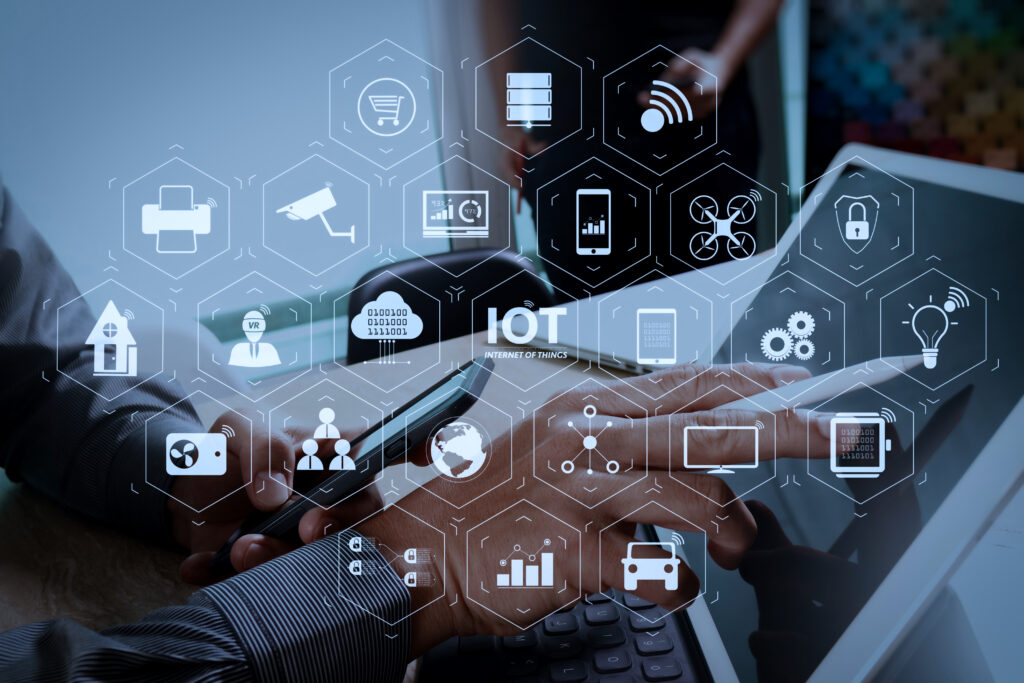
The purpose of this blog post is to excite your curiosity about the potential of IoT and help you understand its impact on various aspects of our lives. From smart homes to healthcare, transportation to agriculture, IoT is revolutionizing industries and offering endless possibilities for innovation. So, let’s dive in and explore the exciting world of IoT together!
Smart Homes: Transforming the Way We Live
Imagine waking up in the morning, and before even stepping out of bed, you tell your voice-activated device to brew a fresh cup of coffee, adjust the thermostat to your preferred temperature, and play your favorite morning playlist. Sounds like something out of a sci-fi movie, right?
Well, with IoT, this is now a reality.
Smart homes are one of the most popular applications of IoT, and they are transforming the way we live. From smart speakers like Amazon Echo and Google Home to connected appliances like refrigerators and thermostats, IoT technology allows us to control our homes with a simple voice command or a tap on our smartphones.
But IoT is not just about convenience; it also offers significant benefits in terms of energy efficiency, safety, and security.
For example, smart thermostats can learn your daily routines and automatically adjust the temperature based on your preferences, helping you save on energy costs.
Similarly, connected security systems can provide real-time alerts and video surveillance, giving you peace of mind even when you’re away from home.
The Future of Healthcare: Enhancing Patient Care
IoT is not limited to the realm of consumer electronics; it is also making significant waves in healthcare. From wearable devices that monitor our heart rate and sleep patterns to remote patient monitoring systems, IoT is enabling healthcare providers to deliver better care while empowering individuals to take control of their health.
Imagine a world where your smartwatch detects an abnormality in your heart rate and automatically alerts your doctor. Or a world where patients with chronic conditions can receive personalized care plans and track their progress through connected devices, reducing the need for frequent hospital visits. These are just a few examples of how IoT is revolutionizing healthcare.
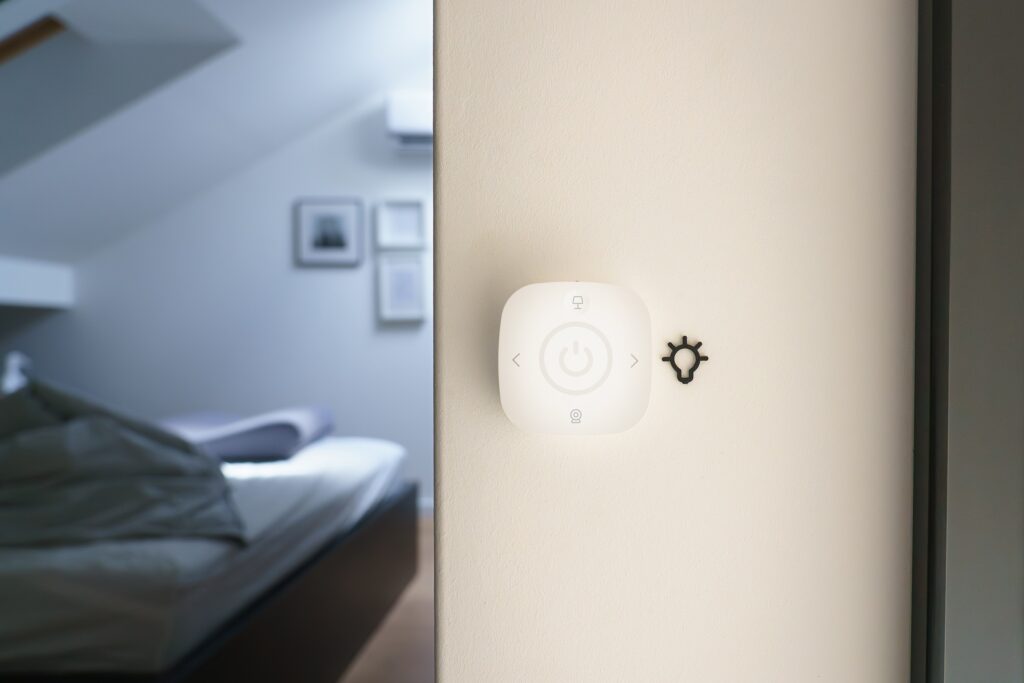
Thanks for this Image
By collecting and analyzing real-time data, healthcare professionals can make informed decisions, identify trends, and detect potential issues before they become severe. This not only improves patient outcomes but also reduces healthcare costs.
Additionally, IoT enables telemedicine, allowing doctors to provide remote consultations and monitoring, especially in rural areas or during emergencies.
Transportation: Driving Towards a Connected Future
IoT is also reshaping the transportation industry, paving the way for smarter, safer, and more efficient modes of travel. From connected cars to intelligent traffic management systems, IoT technology is transforming the way we move from point A to point B.
Connected cars, equipped with sensors and communication systems, can collect and share data in real-time, enabling a wide range of applications.
For example, predictive maintenance can help identify potential issues with a vehicle before they lead to a breakdown, preventing unexpected repair costs and avoiding accidents on the road.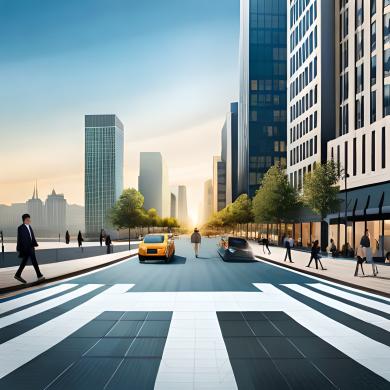
Moreover, IoT-powered traffic management systems can optimize traffic flow, reduce congestion, and improve safety. Intelligent sensors embedded in roads can detect traffic patterns and adjust traffic lights accordingly, resulting in smoother journeys and shorter commute times.
This not only saves time for individuals but also reduces fuel consumption and emissions, contributing to a more sustainable future.
Agriculture: Cultivating the Future
When we think of IoT, we often associate it with urban environments and cutting-edge technology. But IoT is also revolutionizing the farming industry, enabling farmers to work smarter, increase yields, and minimize environmental impact.
Connected sensors and drones can provide real-time information about soil moisture, temperature, and nutrient levels, helping farmers optimize irrigation, fertilization, and pest control. This data-driven approach not only increases crop yields but also reduces water and pesticide usage, contributing to sustainable agriculture.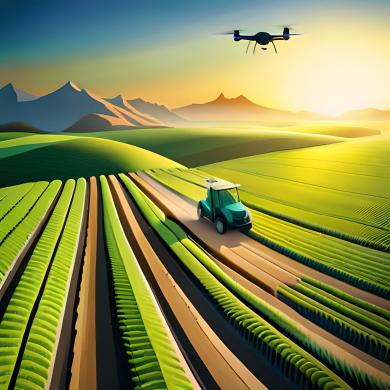
Furthermore, IoT enables precision farming, where farmers can monitor and track livestock health, automate feeding systems, and manage resources more efficiently.
By harnessing the power of IoT, farmers can make data-driven decisions, improve animal welfare, and increase productivity.
The Challenges and Future of IoT
While the potential of IoT is vast and exciting, it also poses several challenges that need to be addressed for its widespread adoption. Data security and privacy concerns are top priorities, as the increasing number of connected devices creates more entry points for potential cyber threats. Striking the right balance between connectivity and security is crucial to ensuring trust in IoT technology.
Interoperability and standardization are also significant challenges in the IoT landscape. With various manufacturers and platforms, devices may not communicate seamlessly with each other, leading to fragmented ecosystems.
Efforts are being made to establish open standards and protocols that enable interoperability and promote collaboration within the IoT ecosystem.
Looking ahead, the future of IoT is boundless. As technology continues to advance, the IoT landscape will expand, offering new possibilities and applications. From smart cities to industrial automation, IoT will continue to shape our world and drive innovation in every sector.
Conclusion
The Internet of Things is transforming the way we live, work, and interact with technology. From smart homes to healthcare, transportation to agriculture, IoT is revolutionizing industries and opening up new opportunities for innovation.
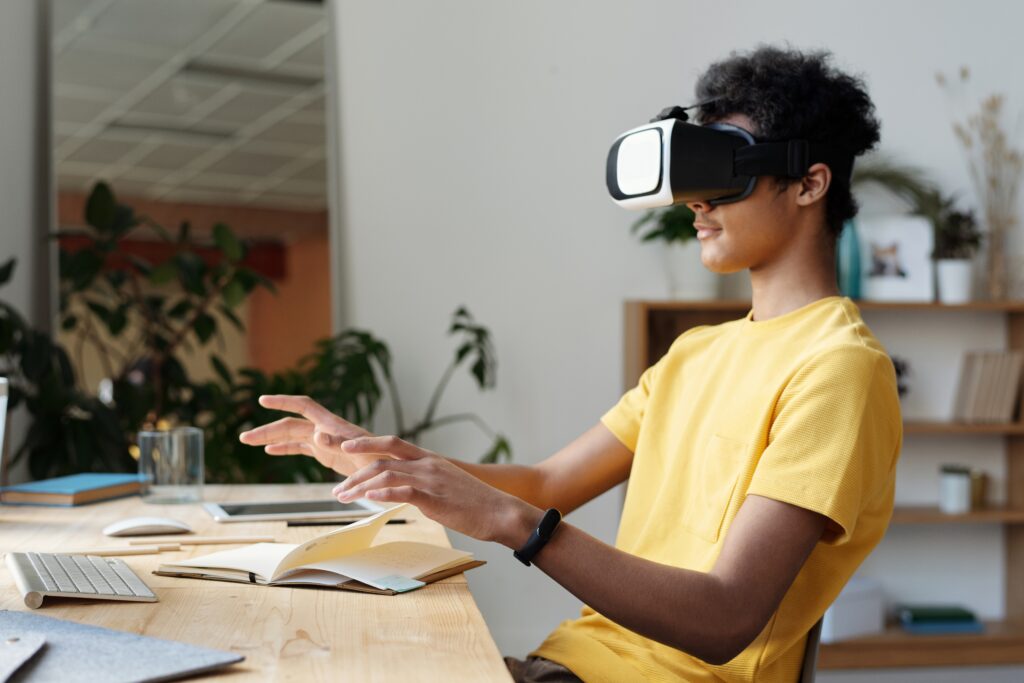
Credit for this Image
Embracing the potential of IoT offers countless benefits, from convenience and energy efficiency to improved patient care and sustainable farming practices.
As we navigate the complex world of IoT, it’s essential to address the challenges it presents, such as data security, privacy concerns, and standardization.
By working together, we can build a future where IoT technology enriches our lives, creates more sustainable solutions, and enables us to connect with the world in ways we never thought possible.
So, are you ready for the future?
Embrace the Internet of Things and unlock the endless possibilities it holds.
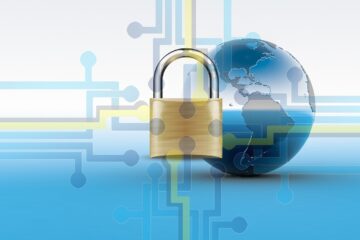
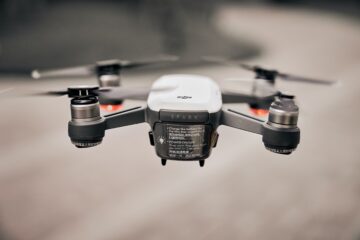
0 Comments